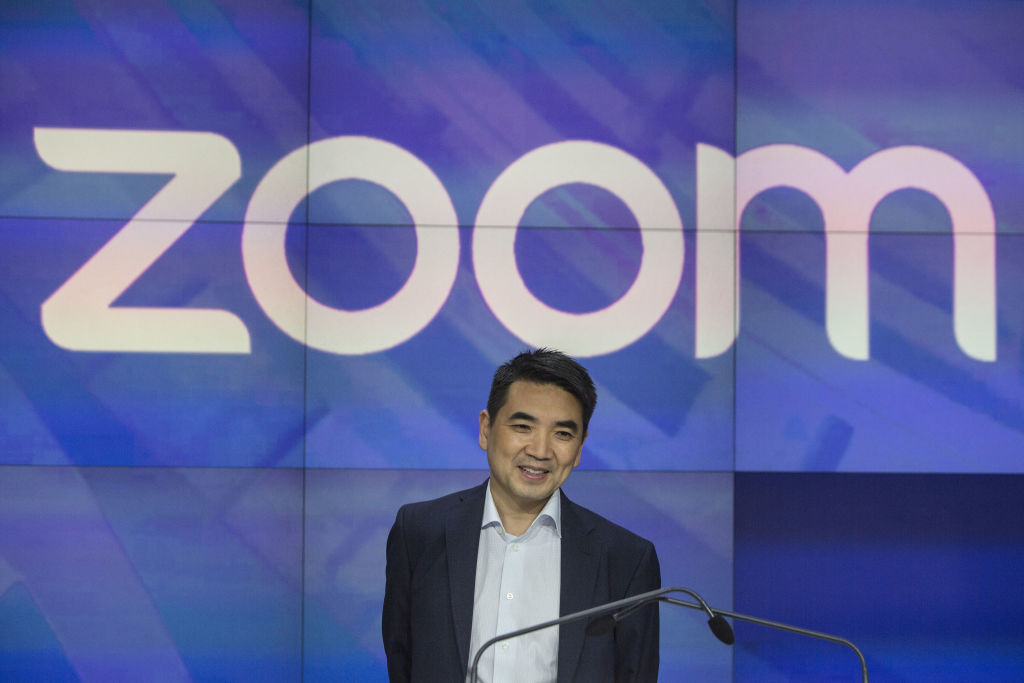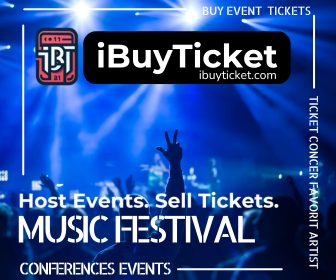Podcast Advertising Trends: How to Use Sound to Sell
Let’s stop conceptualizing podcast advertising as only a sponsorship. It is so much more.
When everyone’s interacting with screens, it’s packed in here; focus is at a premium. They scroll past banner ads and often skip video ads. But when an individual puts in their earbuds, they’re introducing a voice directly into their life. They’re dedicated, focused, and listening to a host they know and trust. This feeling of solo, distraction-free listening is the secret power behind today’s podcast advertising.
The debate for any great marketer today isn’t, “Do we advertise on podcasts?” but “How do we use sound to sell smarter, better, and more efficiently?” Podcasting is absolutely on fire, and methods to reach listeners are evolving rapidly. To really make it, your plan has to elevate above a basic read to thrill with new tech, new creativity, and advanced measurement.
The Authentic Voice Advantage
The key to effective podcast sponsorship is the unique one-to-one connection between host and listener. It is the only relationship of this kind in the media.
Building Trust Through Endorsement
They consider their hit podcaster hosts experts they can rely on. They listen regularly for information, advice, or entertainment. When a host recommends something sincerely, it has the expert credibility that an anonymous commercial can never attain. This is called the “halo effect” of host-read ads. It makes an ad not a pitch but a recommendation. This authentic recommendation is your brand’s audio gold.
Reaching an Engaged Audience
In contrast to streaming audio on websites, podcast listening demands full attention. They are listening to the music playing on their speakers, whether they are driving, exercising, or cleaning the home. This kind of listener connection is so powerful that visual clutter doesn’t compete with your message. It has an easy path into the consumer’s mind, and therefore, the entire ad experience works better.
The New Precision Targeting Tools
The days of advertising once and playing the same ad across the entire catalog of a program are gone. Technology has enabled new ways to target and deliver audio messages with the same level of precision as contemporary digital platforms.
Dynamic Ad Insertion (DAI) Explained
Dynamic Ad Insertion (DAI) is the largest technology revolution in podcast advertising. Through DAI, a sponsor can place an audio advertisement in a show after it is already prepared. More significantly, the ad can be changed in real time based on the listener’s location: a listener in Mumbai will see an advertisement for a locally based bank, while another listener downloading the same show in Delhi will see an ad for a different company. DAI enables advertisers to target by day and time, device, location, and even listeners’ demographics. This transforms podcast advertising from general national reach to hyper-local, targeted reach.
Scaling Campaigns with Programmatic Buying
Programmatic buying automates the demand for ad inventory. Rather than negotiating deals individually with niche programs, brands can use automated platforms to buy ad space across a gigantic network of programs.
This matters for campaign size. It allows advertisers to write rules on how and where they spend and reach a distinct audience across tens of thousands of shows simultaneously. Programmatic techniques increase efficiency, reduce manual labor, and enable real-time optimization of your budget and creative based on performance data.
The Essential Elements of Audio Creative
Without any visual element, how you structure and lay out your advert copy is crucial. You need to manipulate sound and language so that they become instantly understandable and interesting.
Making the Message Clear and Simple
Sound complexity is a failure. A human hears an ad and is usually preoccupied, so they will not be able to stop mid-ad and reread your selling points. Don’t mention more than one or two best benefits at most. Your tone has to be plain, professional, and formal.
One of the best tips is to make the ad like you’re telling your friend. Don’t use business speak. Simple language and short sentences get the host to read it naturally, and the listener understands the most important value proposition straight away.
The Power of a Simple Call-to-Action (CTA)
Any great podcast ad always contains an easy, memorable, and actionable Call-to-Action (CTA). Because a listener cannot click on a sound ad, you need to leave an easy, clear path to your site.
This typically means utilizing vanity URLs (YourBrand.com/Listen) and personal promo codes (Code20). The most obvious repetition occurs as the primary tactic in sound. The host has to repeat the URL and code throughout the ad. It is not redundancy; it is a good tactic to give the listener time to hear, process, and retain the command.
The Future of Measurement and Accountability
One of the most prevalent challenges has been demonstrating return on investment (ROI). But the company is quickly developing high-tech methods for attributing ad effectiveness.
Outside the Promo Code
While single-use promo codes and vanity URLs remain an outdated, tried-and-true method for attributing direct conversions, the company is now shifting to more recent attribution strategies. Emerging technologies integrate with listening apps and podcast hosting sites to track a user’s path to conversion.
This allows a marketer to observe whether a listener who downloaded an episode heard an advertisement and then visited the brand site, even if they didn’t use a particular code. This gives a more genuine sense of the ad’s effect, i.e., when a listener recalls the brand but later enters the root URL.
Measuring Brand Lift and Awareness
Podcast advertising is excellent for direct sales, but the real power lies in brand love. You’re not merely selling something; you’re creating a bond. As marketers attempt to monitor non-direct indicators, brand lift studies are becoming increasingly prevalent. Before and after a campaign, they assess changes in general awareness, purchase intent, and brand memory by asking listeners questions. These figures attest to the long-term benefits of funding a reliable route.
In conclusion
While it began as an experiment, podcast advertising has become a strong, data-driven marketing technique. The union of credible host endorsements, highly interactive audiences, and accurate dynamic ad insertion is beneficial to brands. To boost sales and growth, concentrate on simple, engaging audio creatives. Use advanced measuring techniques to comprehend both short-term responses and long-term brand effects. Using sound effectively might help you protect your brand’s future in the very competitive digital industry.
FAQs
Q: What does podcast advertising mean by a vanity URL?
It is a brief, memorable web address explicitly used for an ad campaign, such as BrandName.com/Show.
Q: Why is a host-read copy better than a professionally produced spot?
Host-read copy reads more like a recommendation from a trusted friend, which is likely to invite more listener engagement and trust.
Q: What is the ultimate purpose of semantic SEO for this kind of content?
To cover the entire topic and its surrounding concepts and terms so that the content will rank for a broad range of applicable listener searches rather than a single keyword.
Q: What is the biggest mistake in podcast ad copy?
Making the ad copy or call to action too complicated so that the listener is unable to absorb and retain it while multitasking.
The post Podcast Advertising Trends: How to Use Sound to Sell appeared first on Entrepreneurship Life.



















































